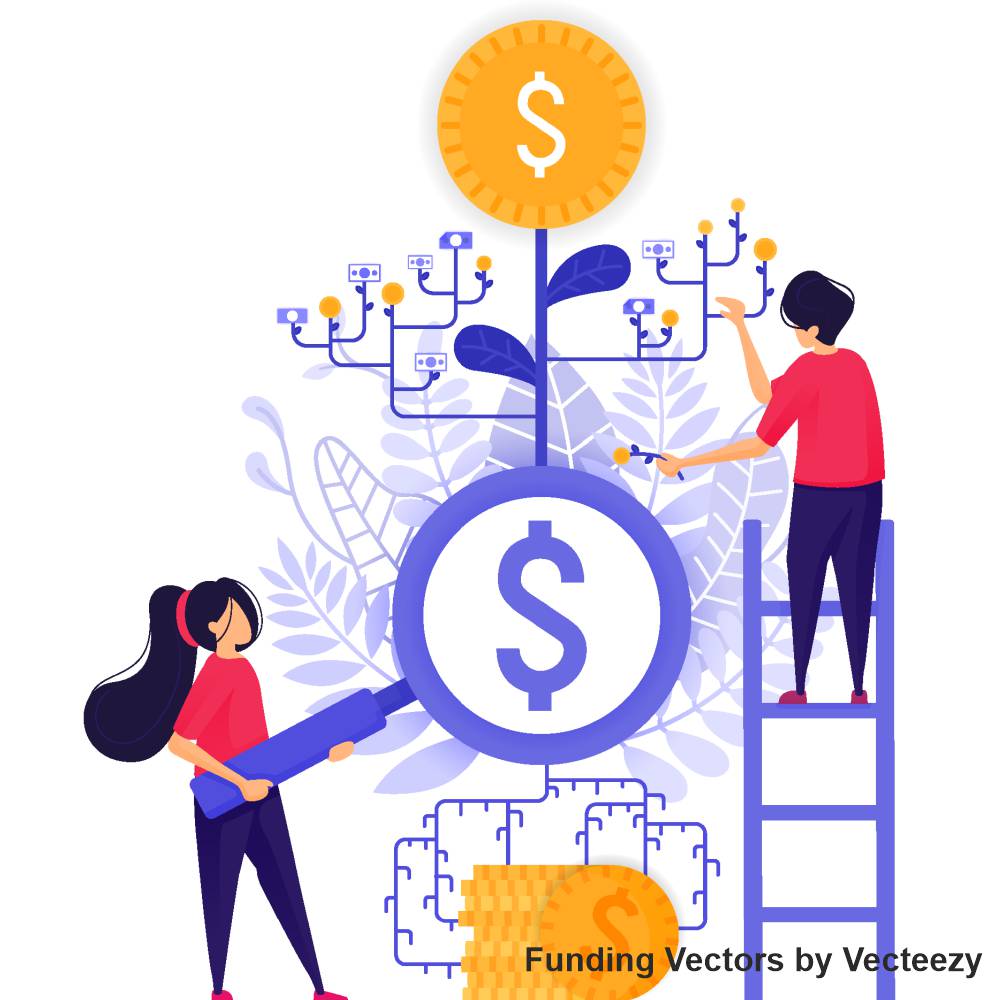Rahul Vishwakarma, Co-founder & CEO, Mate Labs, in this exclusive interview, talks about Mate Labs’ vision to revolutionize the supply chain space…
How would you define Mate Labs and what distinguishes Mate Labs from its competitors?
Mate Labs currently helps Fortune 500 companies with the fastest and most accurate demand forecasts. The forecasts are generated using our proprietary AutoML technology, which is currently the fastest in the world. We always approach our solutions with AI led automation in mind. Our AI-first approach enables us to rapidly develop and deploy supply chain solutions. This distinguishes us from the competition by allowing us to provide agile and accurate solutions built on top of our proprietary AutoML technology. The benefit of this is that our solutions are unrivalled in terms of speed and accuracy.
As its demand forecasting platform is the fastest forecasting AI engine in the world, Mate Labs’ predictions are real-time and 100X faster than traditional methods. This helps companies with a 5%-30% increase in their planning/forecasting accuracy levels. By focusing on data-driven planning, a 5% increase in forecast accuracy improves the bottom line by 1%, adding millions of dollars to the bottom line.
2020-21 has been one of the most exceptional years for businesses. How have you been able to contribute to the crisis?
The COVID-19 crisis imposed an abrupt new way of life on the world. It threw businesses and governments into disarray. The year was a great challenge for consumer goods and retail, with a sudden shift in consumer purchasing behavior. COVID-19 shut down retail locations around the world in March 2020, forcing consumers to change their purchasing habits, and as a result, these two industries may never be the same again.
Recognizing this new requirement in mind, Mate Labs was the first company in the world to develop prediction models based on COVID. When the first wave hit, demand was at its most erratic in a highly volatile market, and most FMCG companies struggled with forecasting and balancing supply and demand, but we are proud to have helped predict demand for both essential and non-essential products.
Hand sanitizers were an important part of many people's personal hygiene routines during the pandemic. When the COVID-19 pandemic swept the globe, hand sanitizer was one of the first items to vanish from supermarket shelves. We were approached by a global consumer care brand to assist them in resolving their problems. Using our flagship demand-forecasting AI platform Mateverse, the brand saw a difference in accuracy of up to 55% between their internal team and our forecasts.
We soon saw a lot of interest from leading FMCG and CPG brands who used our platform to transition from general trade to e-commerce after the first wave, and we provided them with consistent, granular, and highly accurate forecasts.
COVID-19 emphasized the importance of having tools like demand forecasting to help with decision making during a crisis. Advanced analytics insights can be used to significantly improve the way we model, predict, and plan to reduce bias, identify trends, address challenges, and identify growth opportunities.
What does the Demand Planning space look like for Indian FMCG/CPG/Pharmaceutical sector?
Demand planning is about to undergo a significant transformation, with the traditional demand planning process on the verge of being disrupted. One of the key issues this process faces is collecting insights from the massive amount of untapped data lying around in various pockets. We've seen that just collecting and processing data takes up roughly half of a demand planner's time. The time it takes today for demand planners to generate forecasts and plans is inefficient due to a large number of redundant tasks and the fact that multiple parties must align. And in India, the sheer number of SKUs, the various channels, and the volatility of different markets make forecasting and planning in a short period of time extremely difficult.
This process can be optimized to make the supply chain more responsive by making data-driven decisions. The rise of AI and ML technologies provides demand planners with incredibly powerful tools and insights, but the demand planner will need to develop skills in understanding models. Rather than knowing how to build ML models, they should understand how to infer the ML model well. This skill set is required to take predictions, determine the reasons for them, and effectively control supply and demand.
What are the innovative or game-changing initiatives that Mate Labs has undertaken to revolutionize the supply chain space?
We developed an end-to-end automated demand planning system. Previously, demand planners used demand forecasting to generate planning numbers. We were among the first to raise this issue. Today, we compare our accuracies directly with plan numbers rather than forecast numbers, which is where we add value to both the company and demand planners. We help businesses in reducing man hours and making better use of them. Furthermore, automated demand planning opens up a plethora of possibilities for inventory, distribution, and production. We are already collaborating with a leading global beauty and cosmetics brand to reduce wastage in their supply chain by developing a solution around SLOB (Slow Moving and Obsolete Inventory), a first of its kind. With our core AI background, we have focused on forecast stability, which has led us to take a guarantee on the accuracy and bring standards in generating responsible forecasts. We are currently one of the few companies that accepts responsibility for the predictions generated by its system.
How is Mate Labs poised to transform the global supply chain space?
The pandemic has demonstrated that it is not enough for supply chains to be resilient; they must also be extremely agile and dynamic in order to service consumers even in the most adverse conditions. Today's supply chain redundancies are slowing the world down. Only by eliminating these redundancies and transitioning to an automated workflow will we be able to achieve the highest levels of responsiveness and resilience, as well as true innovation. Mate Labs is currently collaborating with global Fortune 500 companies to develop the next-generation Supply Chains that can be completely automated. As a result of these efforts, the entire supply chain should be managed by a single supply chain control tower.
Our core AI approach has allowed us to build the world's fastest AutoML technology, which will help bridge the gap between supply and demand by allowing supply chains to reduce response time from 3 to 4 months to near real-time response. We have currently automated the existing demand planning process and are working to automate inventory management, vendor management, distribution, and logistics.

Categories

Magazine Editions






















